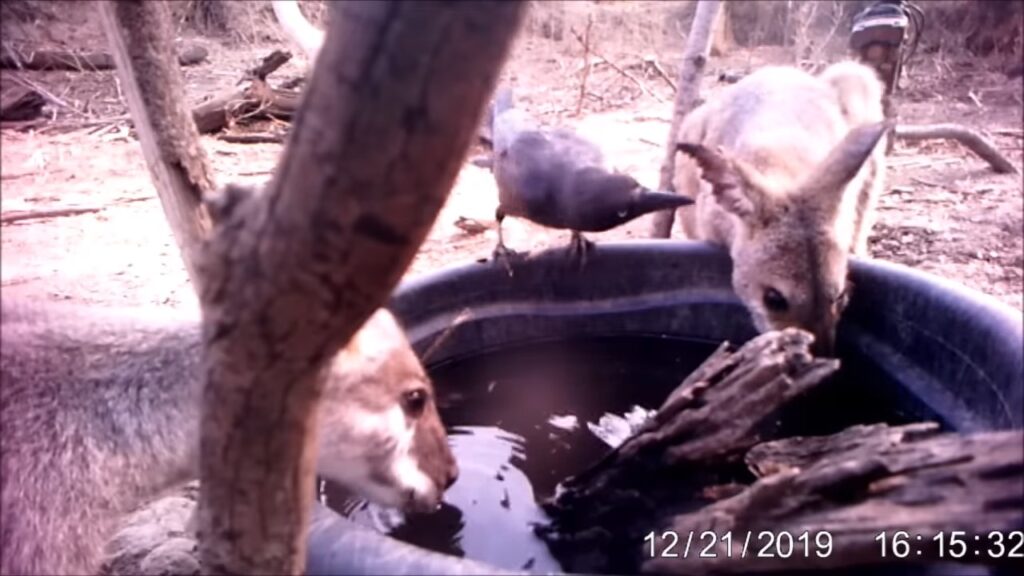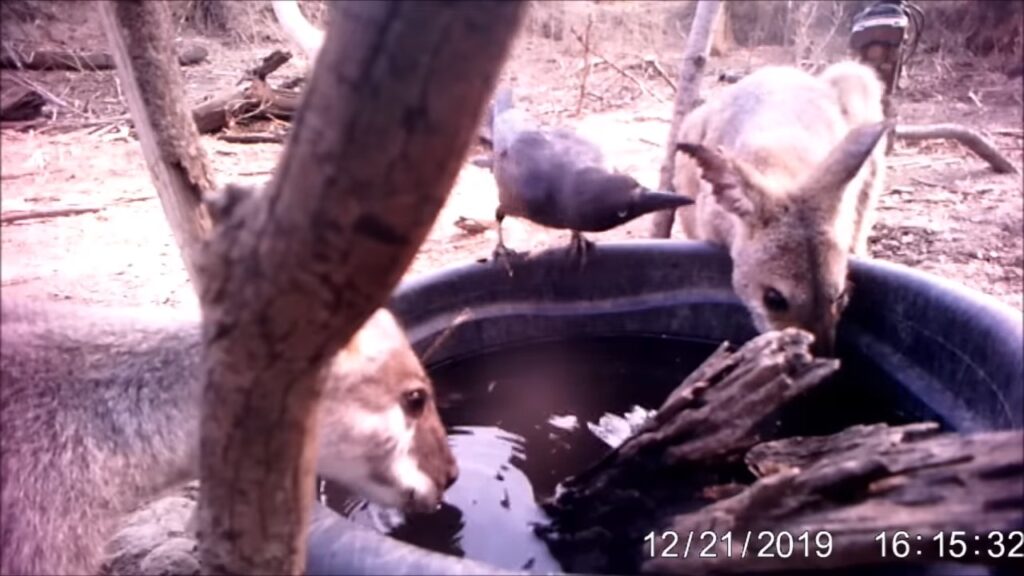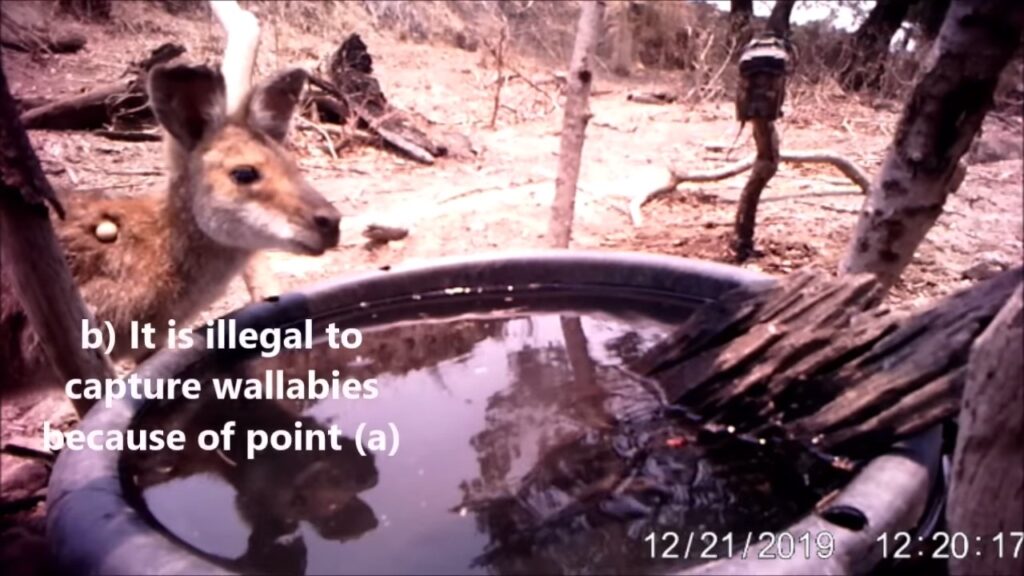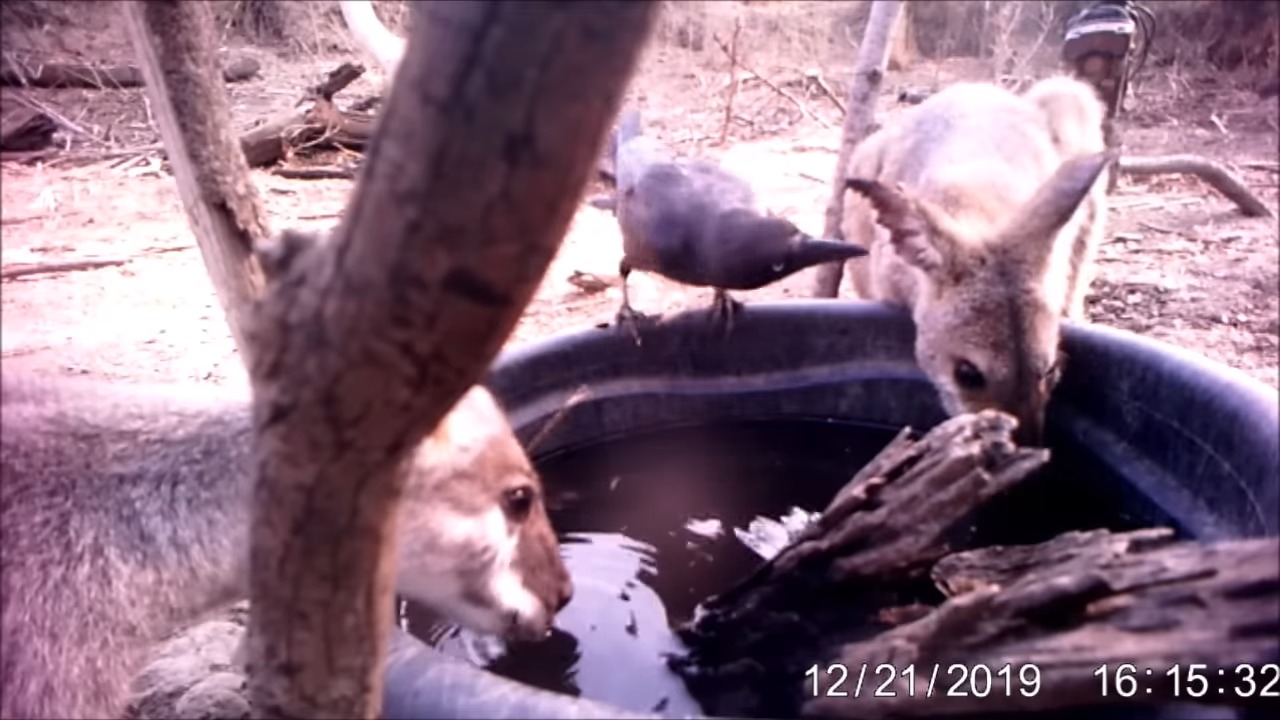Our Unsung Allies in Black: How Crows Are Nature’s Tick-Removal Service
When you think of crows, what comes to mind? A noisy flock gathering at dusk? A mischievous bird stealing a shiny object? For many, crows are simply part of the background scenery, often misunderstood and sometimes even seen as a nuisance.
But what if I told you that these intelligent, black-feathered birds are playing a vital role in the health of our ecosystem? What if they were one of nature’s most effective, and overlooked, forms of pest control?
It’s time to meet the crow in its role as an unsung hero: the tick-removal specialist.
A Symbiotic Service Station
Imagine you’re a deer or a moose, wandering through the woods. Your hide is a prime target for ticks—tiny, blood-sucking parasites that are not only irritating but can also transmit dangerous diseases like Lyme disease. You can’t reach them all, and they are a constant, draining problem.
Now, enter the crow.
Observers in the wild have witnessed a fascinating behavior that looks like a scene straight out of a nature documentary. Crows will land gently on the backs of these large mammals. The host animal, whether it’s a deer, elk, or even a wild boar, often stands remarkably still. It seems to understand what’s happening.

With the precision of a surgeon, the crow uses its sharp, dexterous beak to methodically pick off the swollen, blood-engorged ticks, one by one.
This isn’t just a random act; it’s a beautiful example of a cleaning symbiosis—a relationship where two different species cooperate for their mutual benefit.
A Win-Win-Win Situation
This interaction is a perfect example of nature’s elegant efficiency, benefiting everyone involved.
- For the Crow: Ticks are a fantastic food source. They are little protein-packed morsels, easy to find and pluck from a willing host. For a crow, a deer covered in ticks is essentially a walking, all-you-can-eat buffet.
- For the Host Animal (Deer, Moose, etc.): The benefits are immense. They receive a free, thorough grooming service that rids them of irritating parasites. This reduces blood loss, skin irritation, and, most importantly, lowers their risk of contracting debilitating tick-borne illnesses. A healthier deer is a stronger deer.
- For the Wider Ecosystem (and Us!): This is where we come in. Deer are one of the primary hosts in the life cycle of ticks that carry Lyme disease. By reducing the number of ticks on these animals, crows help to break that cycle. Fewer ticks on deer can lead to a lower overall tick population in an area, which in turn reduces the risk for humans and pets who enjoy the same forests and fields.

The ‘Corvid’ Advantage
Why are crows so perfectly suited for this job? It comes down to a few key traits that define the corvid family (which also includes ravens, jays, and magpies).
- Sheer Intelligence: Crows are among the most intelligent animals on the planet. They are incredible problem-solvers, capable of learning, remembering, and even passing down knowledge. They have recognized a valuable food source and figured out a safe way to get it.
- Boldness and Adaptability: Crows are not timid birds. They are opportunistic and brave enough to approach a large animal that other species might fear. Their ability to thrive alongside different species—including humans—is a testament to their adaptability.
- The Perfect Tool: A crow’s beak is a multi-purpose tool—strong enough to crack a nut, yet precise enough to pluck a tiny tick from an animal’s hide without causing harm.

A New Appreciation
So, the next time you see a flock of crows making a racket in the trees, take a moment to reconsider their role. They aren’t just noisy neighbours; they are highly intelligent creatures woven deeply into the fabric of our environment. They are farmers’ friends, devouring insects that would harm crops, and they are wild animals’ saviors, providing a critical cleaning service that helps keep entire populations healthy.
In a world struggling with the spread of tick-borne diseases, it’s comforting to know we have allies working behind the scenes. They don’t ask for thanks, and they don’t get much recognition, but our allies in black are out there every day, making the world a little safer, one tick at a time.
****More Related Articles***
The Unlikely Alliance: Why You’ll See Crows Riding on Gazelles
Picture a graceful Thomson’s gazelle, its tawny coat shimmering under the African sun. It’s a classic image of the wild savannah. But look closer. There, perched confidently on its back, is a glossy black-and-white bird—a Pied Crow. It’s not attacking. It’s not just resting. It’s meticulously pecking at the gazelle’s fur.
What you’re witnessing isn’t a random curiosity; it’s one of nature’s most fascinating and practical partnerships. This is the story of a mobile spa and a flying buffet, all rolled into one.
For the Gazelle: A Personal Pest Control Service
For a gazelle, life is a constant balance of finding food and avoiding becoming food. But there’s another, more insidious threat they face: ticks.
These tiny parasites are more than just an annoyance. A heavy infestation can lead to:
- Blood Loss: A single tick doesn’t take much, but hundreds can weaken an animal, leading to anemia.
- Disease: Ticks are notorious vectors for a host of dangerous diseases that can sicken or even kill their host.
- Irritation and Infection: Constant bites cause itching and discomfort, and scratching can lead to open sores that get infected.
A gazelle can’t exactly reach its own back or the top of its head to remove these pests. This is where the crow comes in. The bird’s sharp eyes and precise beak are the perfect tools for the job. By allowing the crow to land and forage, the gazelle gets a thorough, free grooming session that removes these dangerous parasites from hard-to-reach places.
For the Crow: An Easy, Protein-Packed Meal
Crows are among the most intelligent birds in the world. They are master opportunists, always on the lookout for a clever way to find their next meal. And what could be better than a walking, all-you-can-eat buffet?
The ticks clinging to a gazelle are a fantastic food source. They are little nuggets of protein, readily available and easy to pick off. The gazelle, a willing participant, holds perfectly still, making the crow’s job simple and safe. Instead of scouring the ground for insects or scavenging, the crow can hop aboard its “mobile restaurant” and eat its fill.
It Has a Name: Mutualism
This incredible win-win relationship has a scientific name: mutualism.
Mutualism is a type of symbiotic relationship where both species involved benefit significantly. It’s a perfect example of cooperation trumping competition in the natural world.
- The Gazelle gets: Pest removal, better health, and reduced risk of disease.
- The Crow gets: A reliable, safe, and nutritious food source.
This isn’t an isolated phenomenon. Nature is filled with these brilliant partnerships:
- Oxpeckers and Rhinos: Perhaps the most famous example, oxpeckers perform the same tick-removal service for rhinos, giraffes, and buffalo.
- Cleaner Wrasse and Sharks: In the ocean, tiny cleaner fish swim right into the mouths of large predators like sharks and groupers to eat parasites, getting a meal while providing dental hygiene.
- Ants and Aphids: Some species of ants “farm” aphids, protecting them from predators in exchange for the sweet, sugary honeydew the aphids secrete.
A Lesson in Cooperation
The sight of a crow on a gazelle’s back is a beautiful reminder that the natural world isn’t just about the dramatic predator-prey chase. It’s a complex web of intricate relationships—some competitive, others surprisingly cooperative. It shows us that survival can often depend not just on strength or speed, but on forming the right alliances.
So next time you see a picture or a documentary of this seemingly odd couple, you’ll know you’re not just looking at a bird and a mammal. You’re watching a clever deal in action—a pact made on the plains where a grooming session is traded for a good meal, and both parties walk away better for it.
